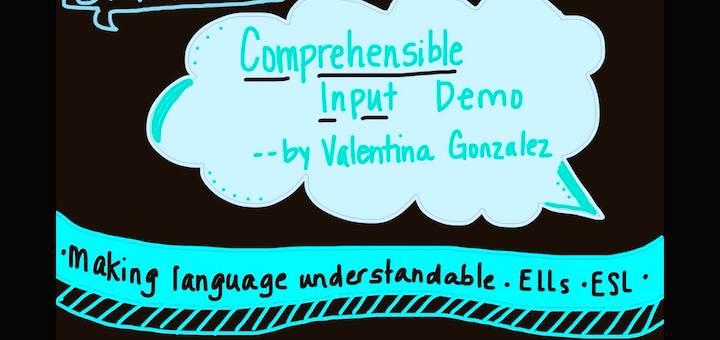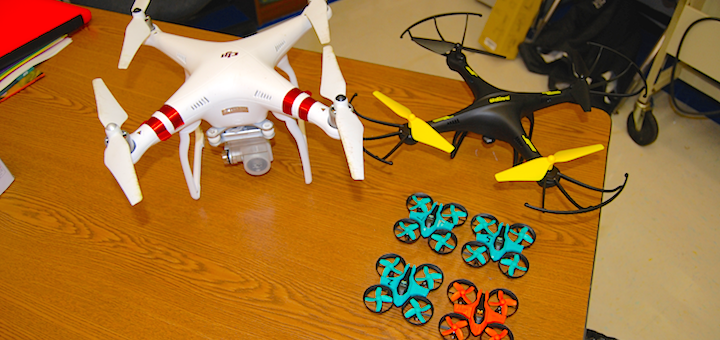Teaching and learning in grades 4-8
By expanding our focus in school from digital citizenship (safety) to digital leadership (effective voice), teacher and author Jennifer Casa-Todd says educators can help students learn to harness social media in powerful and meaningful ways, for the common good.
Regardless of where educators land politically, it can sometimes feel like tiptoeing through a minefield to facilitate a balanced discussion of current events, writes teacher Sarah Cooper. Are there times when it’s appropriate for teachers to reveal their own views?
If we provide scaffolds for the students who need it – especially ELLs who represent so many different backgrounds – we can promote independent learning. Valentina Gonzalez offers five easy-to-implement strategies to help make lessons ELL-friendly in any content area.
As new teachers develop routines for their classrooms, Class Tech Tips founder Monica Burns says it’s important to plan how they will check for understanding each day to gather information and inform future instruction. She shares three simple class assessment tools.
Shirley McPhillips’ non-traditional book about teaching poetry is both insightful and fun to read, says retired principal and former California senior poet laureate Mary Langer Thompson. She predicts teachers will not be able to read for long without writing poetry themselves.
In the 2nd edition of Joyful Learning, Alice Udvari-Solner and Paula Kluth provide a great resource to promote teacher collaboration and move inclusion classrooms beyond the superficial and toward more meaningful engagement of every student, says Erin Corrigan-Smith.
Reading is reinforced when students have hands-on experience with the ideas they find in informational texts. ELA teacher Brian Cook’s after-school drones program helps students explore flight, consider privacy and safety issues, and learn more about new careers.
Emotions are a natural part of learning, writes co-teaching coach and NBCT Elizabeth Stein. In fact, she says, when teachers in inclusion classrooms tap into emotions and provide quality feedback, they’ll find they’re better able to serve diverse learners effectively.
Debbie Silver’s worst mistake? She managed to teach middle level science classes for too many years without ever fully embracing the practice of pre-assessment. See how her teaching changed and how yours might too with her simple go-to pre-assessment tools.
Noting that high quality classroom discussion fosters content learning and critical thinking, social studies teacher Michael Yell reports that Challenging Learning through Dialogue is a powerful resource to help make middle grades discussion more thoughtful, engaging, and real.






































